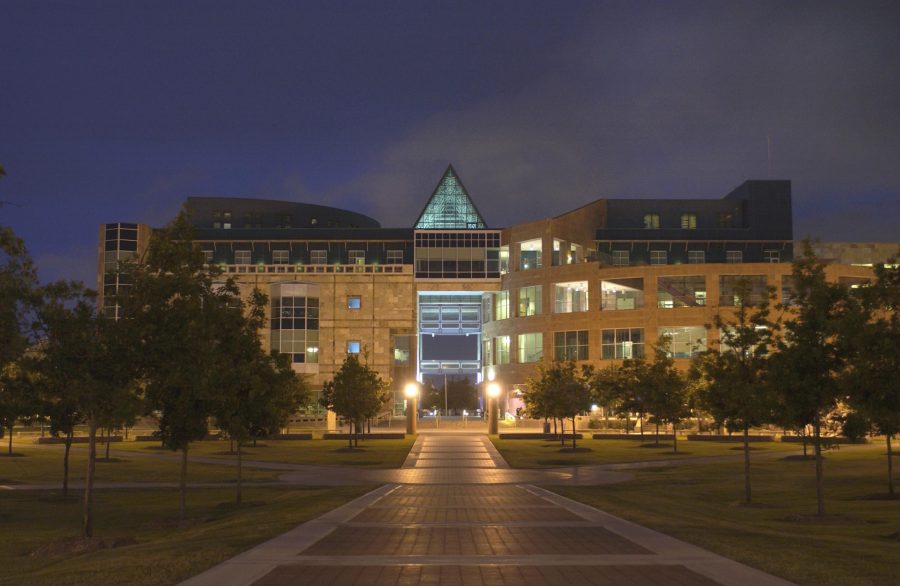Task force targets services, communication, curriculum, housing and name change
Three community town hall meetings were held in April to discuss the development of the downtown campus. Since the meetings, President Eighmy’s Downtown Campus Task Force has continued to receive feedback from the UTSA community.
“So far, we’ve received the most feedback about transportation, safety, campus recreation and career services,” said Elvira Leal, assistant vice president for strategic initiatives and chair of the student, faculty and staff sub-group of the Downtown Campus Task Force. “We’ve also had discussions about potentially renaming the downtown campus, how we communicate among the faculty, staff and students located at the downtown campus and the big ideas that people have about the campus.”
“Even as we expand the number and type of classes offered at the downtown campus, other work is underway to prepare the campus for an increased student population.”
– Elvira Leal, assistant vice president for strategic initiatives
Story continues below advertisement
The student, faculty and staff sub-group, which assesses the services provided at the downtown campus, is one of the three sub-groups within the Downtown Campus Task Force. The other two sub-groups focus on curriculum and housing; each sub-group works towards achieving Eighmy’s vision.
The curriculum sub-group is working towards increasing the courses offered at the downtown campus for Fall 2018, and the housing sub-group is exploring residential options for students around the downtown campus area.
“President Eighmy’s vision for UTSA includes making the downtown campus autonomous,” Leal said. “That means he wants students to be able to take their full four-year program there, instead of traveling between the main and downtown campuses to complete their degrees.”
Gabriel Meza, a junior electrical engineering major, took classes at the downtown campus his freshman year as an architecture major and enjoyed his experience.
“My favorite part was probably the fact that it was literally downtown San Antonio, so after class I was able to just walk down to the mall or riverwalk,” Meza said. “I wanted to continue going to the downtown campus, but they don’t offer my classes downtown.”
Currently, the downtown campus serves 2,000 students. The limited number of classes offered is one of the factors that contributes to students not taking classes at the downtown campus; however, the university is working towards addressing this issue.
“Even as we expand the number and type of classes offered at the Downtown Campus, other work is underway to prepare the campus for an increased student population,” Leal said. “Progress includes library renovations, a more accessible One Stop Enrollment Center that is moving to the second floor of the Frio Street Building and Student Health Services.”
To make the downtown campus autonomous, the task force will evaluate various aspects of the campus experience such as dining services, campus services, academic advising, financial aid, counseling and the number of faculty and staff working at the downtown campus.
The Downtown Campus Task Force is working towards implementing Eighmy’s vision and supporting UTSA students.
“Everything we do at UTSA is with one goal in mind — the success of our students. As part of this commitment, we are also evaluating peer universities, so we can continue to advance our quest to become a thriving urban serving university,” Leal said.





